Lou Sheppard

Lou Sheppard works in interdisciplinary audio, performance and installation based practice. His work is often responsive, investigating the material and discursive contexts of a site and their affect on bodies and environments. His research is often evidenced through graphic notations, scripts and scores which are then performed in collaboration with other artists and in community gatherings. Lou’s recent projects include Phase Variations, an exploration of queer archives, The Exquisite Corpse, a meditation on post human worlding, and I Want To Be a Seashell…, responding to the Dalhousie Arts Centre with collaborator Will Robinson.
Beau Wagner
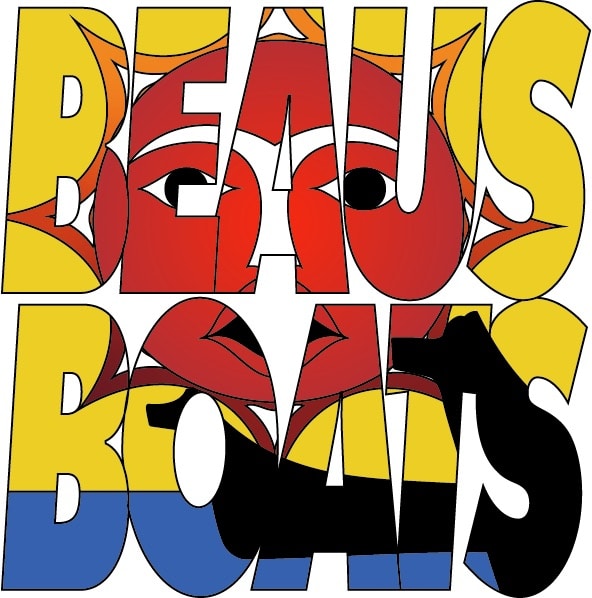
Beau Wagner is an artist and woodworker who began carving as a young child. He lived for five years with a teacher from Sztuminus, who every day provided him with Snawayalth and knowledge of our connections to wood and the wilderness. This carving teacher, who cannot be named during the period of mourning, as is Salish custom, understood these relationships as sacred. He told Beau a story about their family travelling to Fraser River to fish and visit with relatives while there. More importantly, in terms of his family history, he told Beau that he too was a relative. Today, there are very few carvers who have been taken under a senior carver’s wings to receive daily teachings about life and our relationships to all living things.
Miriam Fabijan

We are an integral part of nature’s delicate and beautiful balance. Through several of my drawing series I have sought to represent that balance, between the landscape and myself. This includes the disruption of that balance and its effect. These series were called “LAND_BODY”, “When Water Falls” and “-by length and by depth- “.
As a visual artist I am ever conscious about the materials I use in my practice. I am currently working towards choosing more natural materials that can be used and reused, and eventually be naturally returned to the earth without disruption.
Joyce Majiski
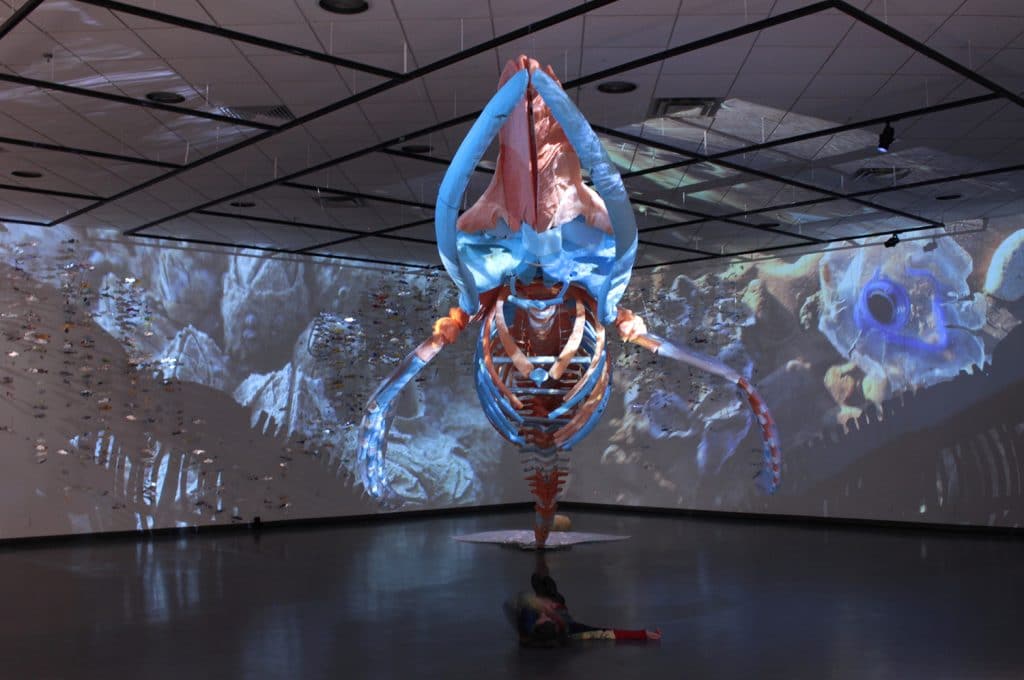
Joyce’s work examines connection to place/north and the natural world. Past careers as a biologist and wilderness adventure guide in the Yukon Territory, Canada have augmented and contributed to her artistic practice and taken her to remote wild spaces in the north and elsewhere. She is a keen observer and collector of objects, fascinated by the complex intricacy and interdependence between ecosystems and all living beings.
François Michaud
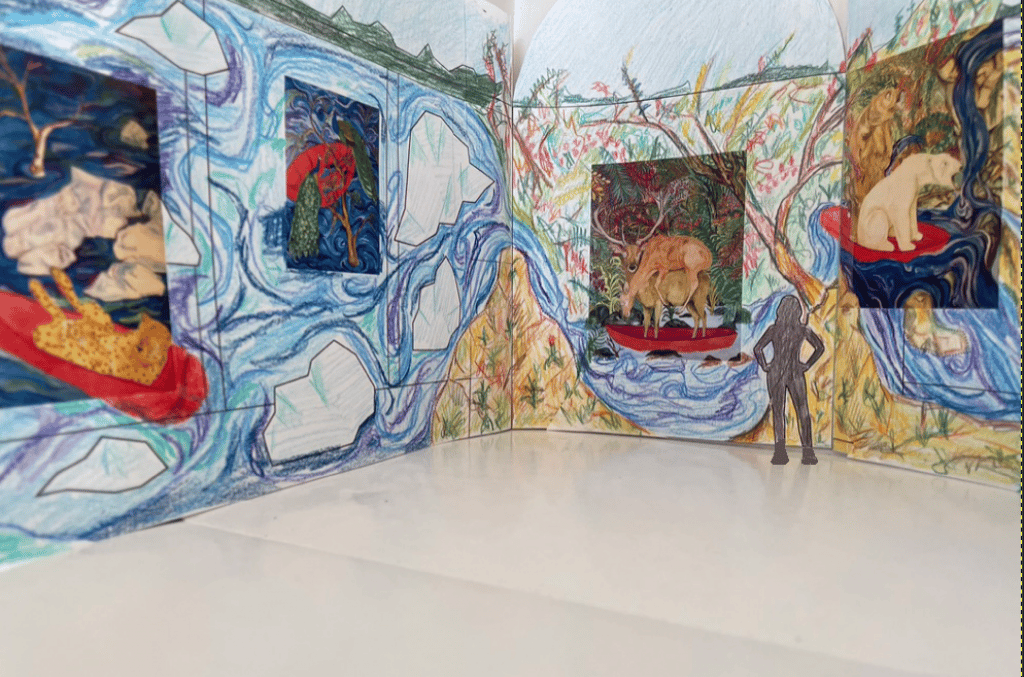
François Michaud combines sculpture, painting and installation to create artworks that focus on environmental issus arising from man’s interaction with nature. In his works, the animal is a caricature of our emotions, aspirations and ambitions, he becomes an iconic and anthropomorphic allegory of who we are, and the manufactured objects (chair, boat, etc) symbolically represent man’s presence. His pictorial and sculptural approaches have evolved with his environmental concerns related to climate change. His narrative representations raise questions with a poetic and tragic touch of derision and delusion. Michaud often paints animals in a red boat, symbolizing climate refugees, nomads in search of new territories or transporting their habitat to a better world; the red boat sailing in troubled water on rising seas.
Yolanda Weeks
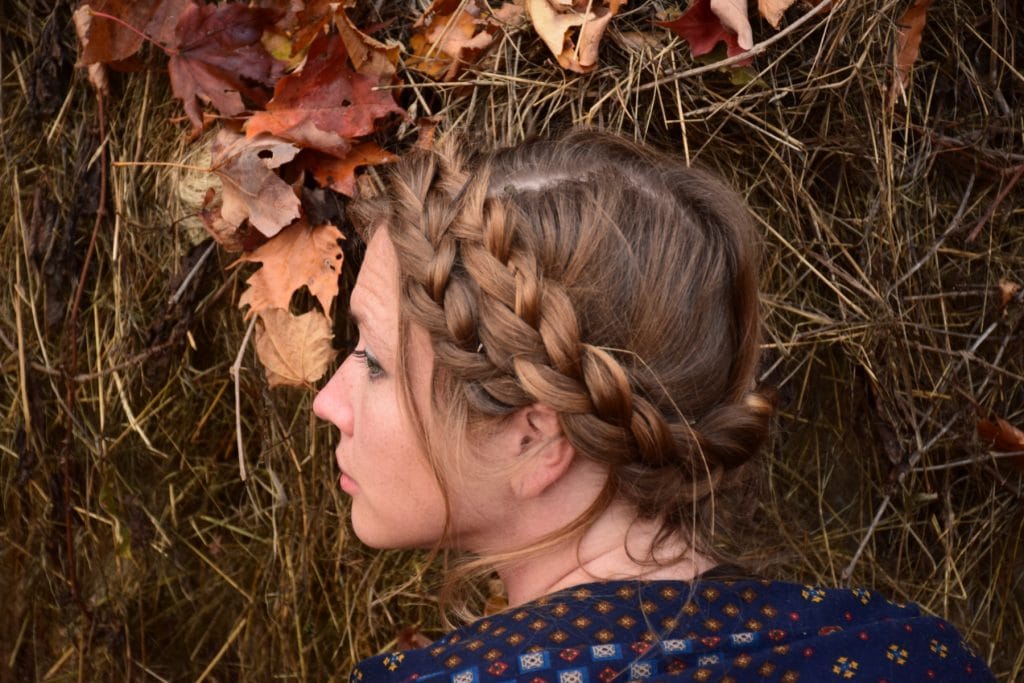
Yo is an installation artist, community arts facilitator, and art director out of Montréal/Tiohtià:ke. Rooted in land and fiber arts, she forages, sources and needle felts natural materials into large scale creations. Yo’s Nomadic Nest installation and performance series contemplates constructs and concepts of home, territory, security, migration, and movement. The act of cocooning herself and others in these giant nest-like ephemeral creations aims to comfort, confront and ultimately connect its inhabitants to a deeper sense of belonging (to the land, to themselves, to the world outside the warmth of these deciduous homes). These unique pieces and immersive experiences serve as a reminder to her and others to tread lightly on the land.
Kelly Andres

Kelly Andres is a research based artist of settler origin. She has produced installations, performances and sensorial experiences that blend cosmologies and ecologies. Andres recently completed a practice based Ph.D in Fine Arts at Concordia University, Montréal, titled Radicle Assemblages (2020). Her current research intertwines ecological art practices, plant studies, performative placemaking, co-creative community/urban planning, and experiential approaches for multi-species interactions. Recent exhibitions include Particle + Wave, Calgary, Les yeux dans l’eau, Foreman Art Gallery of Bishop University in Sherbrooke, Sandstone City, The Lougheed House, Calgary, The Garden of Speculations, articule, Montréal, le Centre des arts actuels Skol, Montréal, La Maison des arts de Laval, Laval. Andres’s past work has been generously supported by the Conseil des arts et des lettres du Québec, the Alberta Foundation for the Arts and the Canada Council for the Arts.
Jasper Community Habitat for the Arts

The Jasper Community Habitat for the Arts opened its doors on July 1st 2016.
This is Jaspers’ first dedicated community space for exploring the arts, any of its disciplines, and for all ages. A place to share expertise, experience something new or be entertained.
The space was designed, from its inception, to be one that could accommodate the arts and artists who would be using the spaces. When we were invited to sit with the architects in 2011 we had no real idea of the light, the wood, the concrete, and how they would work together in making something so truly unique.
Ilka Bauer
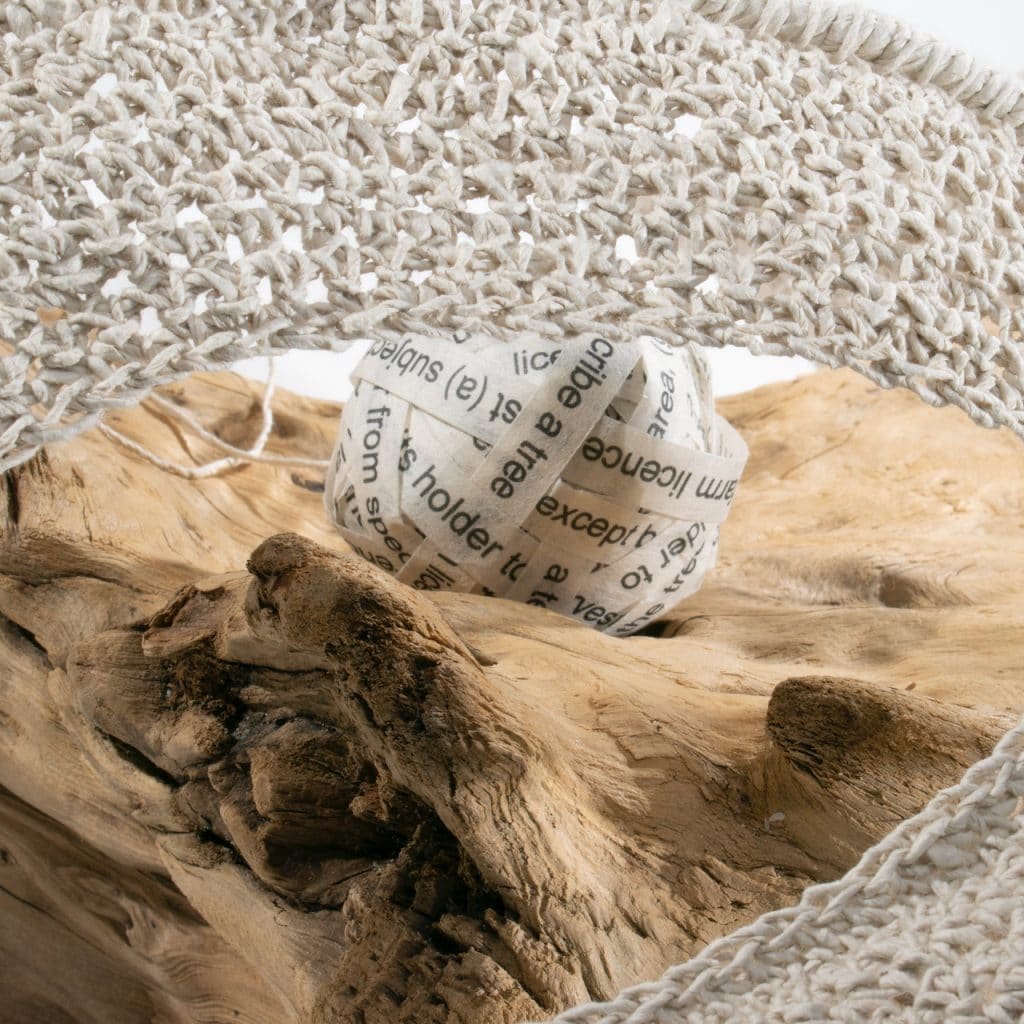
I am a biologist turned artist with a life-long interest in climate change and environmental issues.
My current body of work, Dissonance, uses paper sculpture and large-scale panels in acrylic ink to explore different aspects of the climate and biodiversity crises.
As originally conceived, “Dissonance” refers to translation gaps: disconnects between intent and outcome in the human endeavour of environmental governance. As the work progressed, it also became a way for me to examine my own cognitive dissonance and try to process decades of contradictions – lived and observed – when it comes to the environment.
Marie LeBlanc
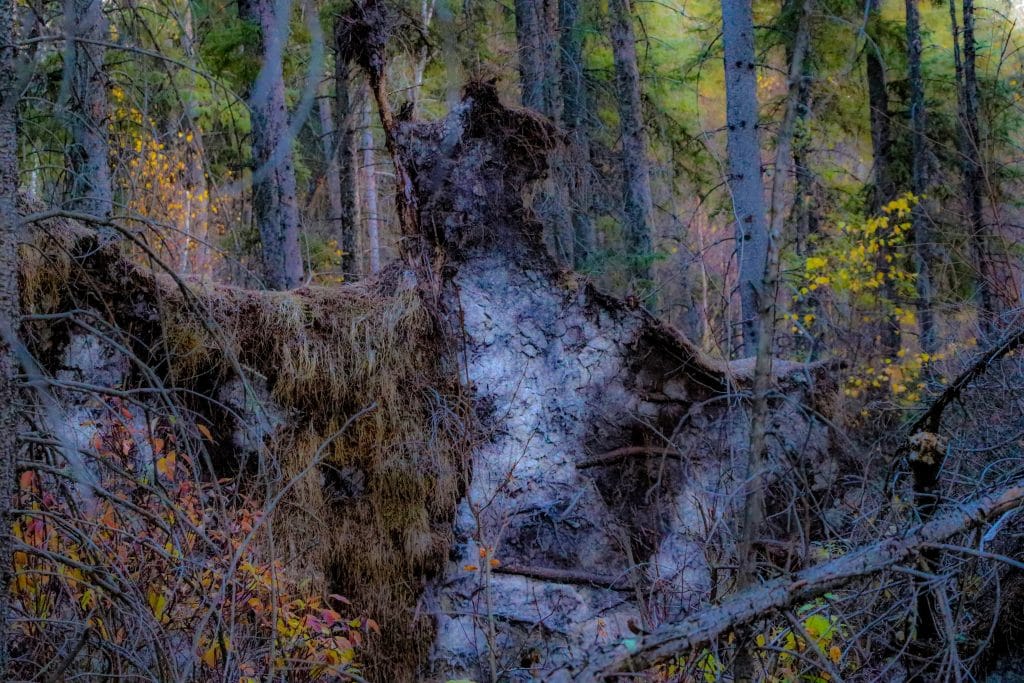
Marie LeBlanc is a self-taught multidisciplinary artist. Originally from Northern Manitoba, she lived in Winnipeg before recently relocating to Alberta. Living with Environmental Illness means that for LeBlanc, the toxicities of indoor housing have become intolerable due to Multiple Chemical Sensitivity (MCS), Electromagnetic Hypersensitivity and Toxic Mold Exposure. To ease her symptoms, she travels to the U.S. desert in the winter months in a cargo van adapted for safe housing. LeBlanc has taken on a seasonally nomadic lifestyle, following the warm weather patterns that enable her to be outdoors.

